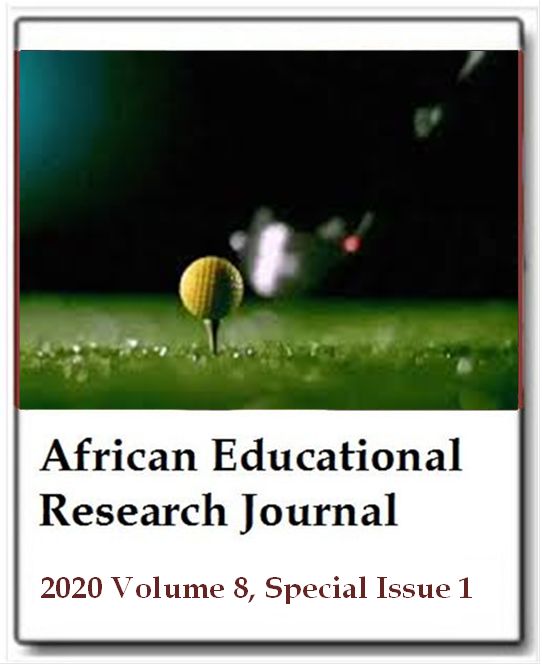Normative values for evaluation of children physical education level: According to chronological age or biological age?
Işik Bayraktar and Akan BayrakdarAfrican Educational Research Journal
Published: July 24 2020
Volume 8, Special Issue 1
Pages S26-S36
DOI: https://doi.org/10.30918/AERJ.8S1.20.004
Abstract
This research was conducted to determine whether there are differences between the norm values used in the evaluation of children who train in different sports and physical education lessons according to the chronological age and biological age of the children. The research group consists of a total of 239 male students of 13 (n=116) and 14 (n=123) chronological years, who study in grades 7 and 8. In addition, the biological ages of the students who make up the research group are calculated and divided into 13 (N=140) and 14 (n=86) biological age groups. Within the scope of the research, heights, body weights, body mass indexes and body fat percentages of students were determined as anthropometric variables. Hand grip, leg strength, flexibility, horizontal and vertical jump, medicine ball throwing, ball throwing and sprint running skills were measured as motoric performance variables. The differences of variables according to chronological age and biological age were calculated by the Independent-Samples t-test. According to age groups, the arithmetic mean (x) is shown as 10%. While establishing the norm, the ratings accepted as Canadian criteria were used. In our study, significant differences were found between body weights in 13 and 14 age groups according to both chronological age and biological age. While there is a similarity in 13 age group in terms of heights, difference in favor of biological age was calculated in 14 age group. Even if there is no difference in the comparisons made for the biomotor abilities that are the subject of our study, percentage differences were found in comparing norm values in 10% slices according to chronological age and biological age. Thanks to norm values generated according to both chronological and biological age, the physical condition of the children, strengths and weaknesses related to the level of students in physical education classes, according to the separation of the application groups of children directed to the appropriate sport or the athletes and the students about training programs that will be applied to the course content it is envisaged that the results of this research will provide guidance. In this way, it is thought that by dividing the chronological age and biological age in children, a possible loss of motivation will be prevented in both physical education and training and competitions.
Keywords: Chronological age, biological age, physical education, norm.
Full Text PDFThis article is published under the terms of the Creative Commons Attribution License 4.0

